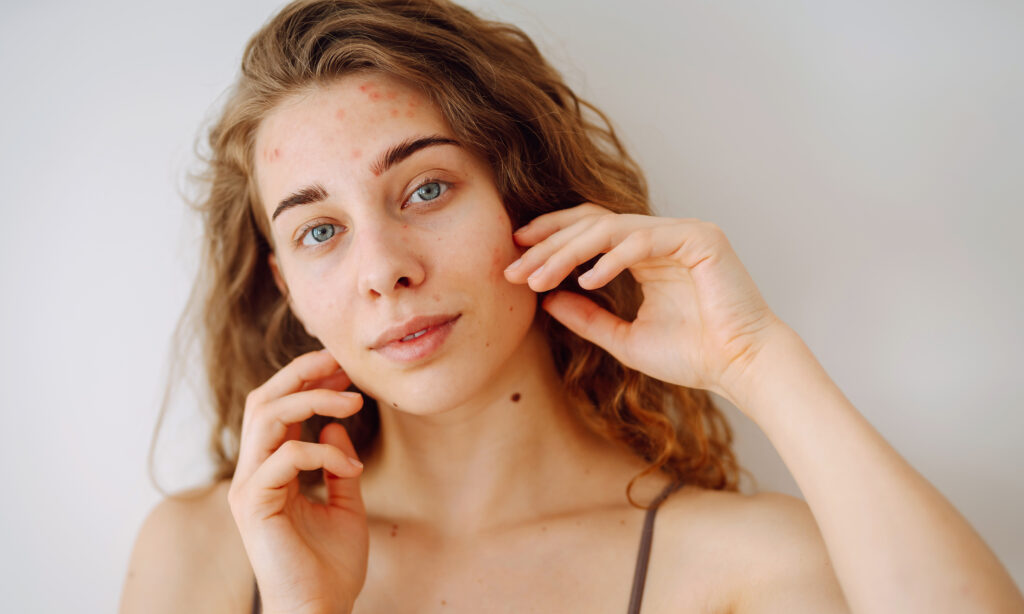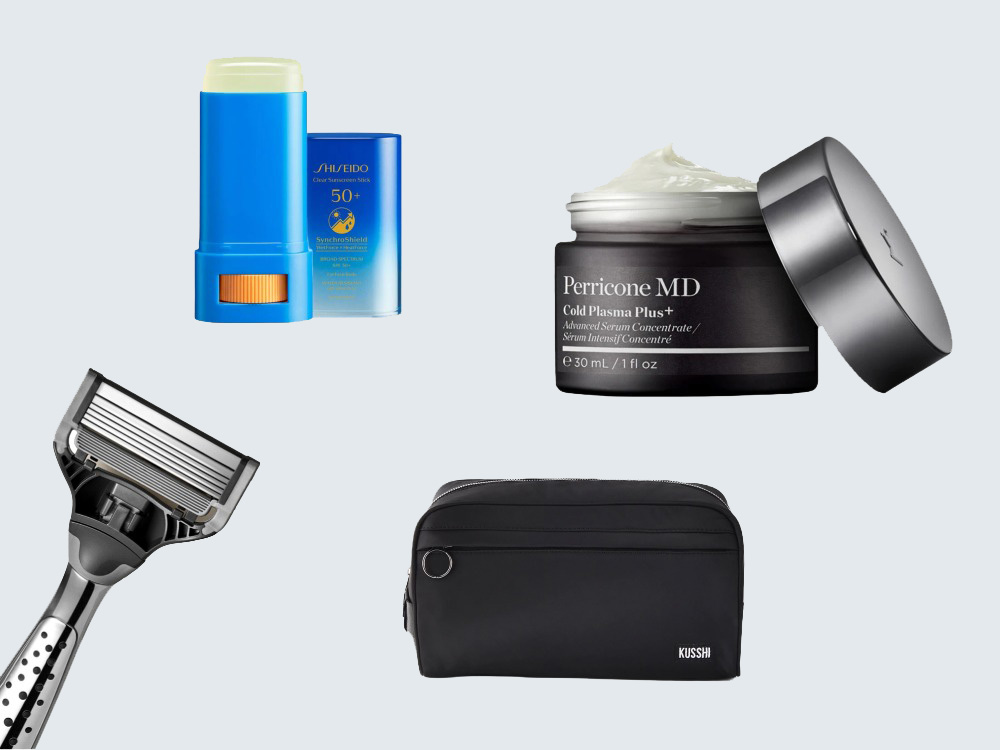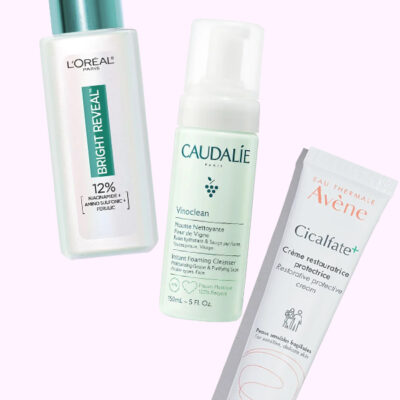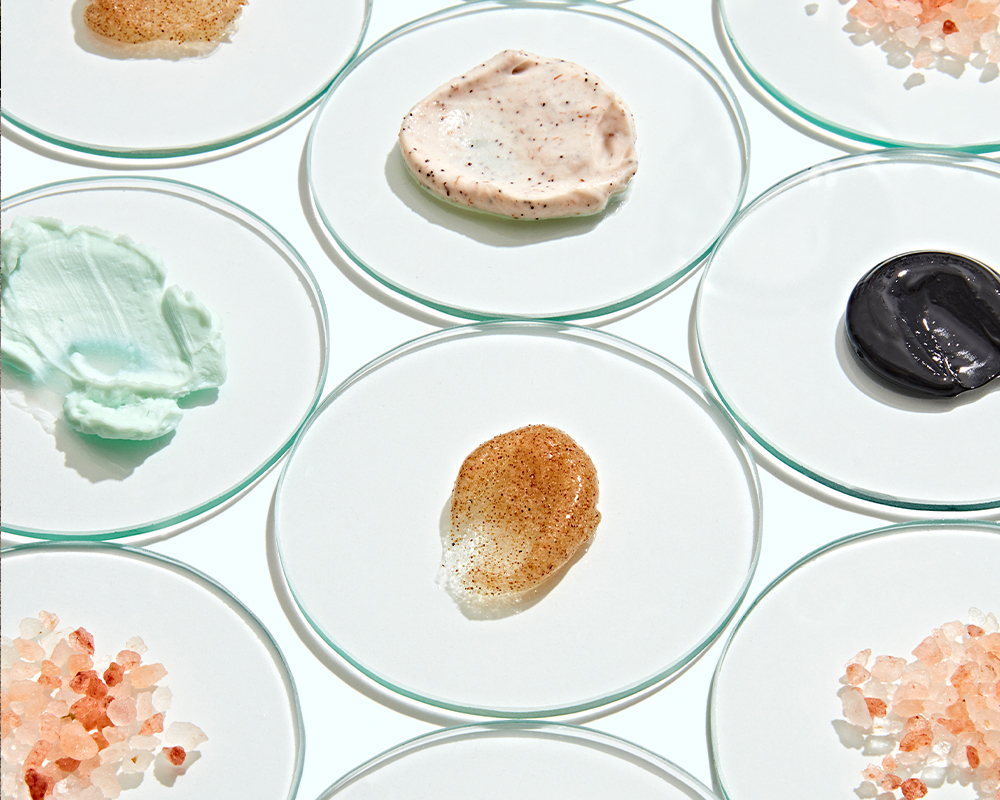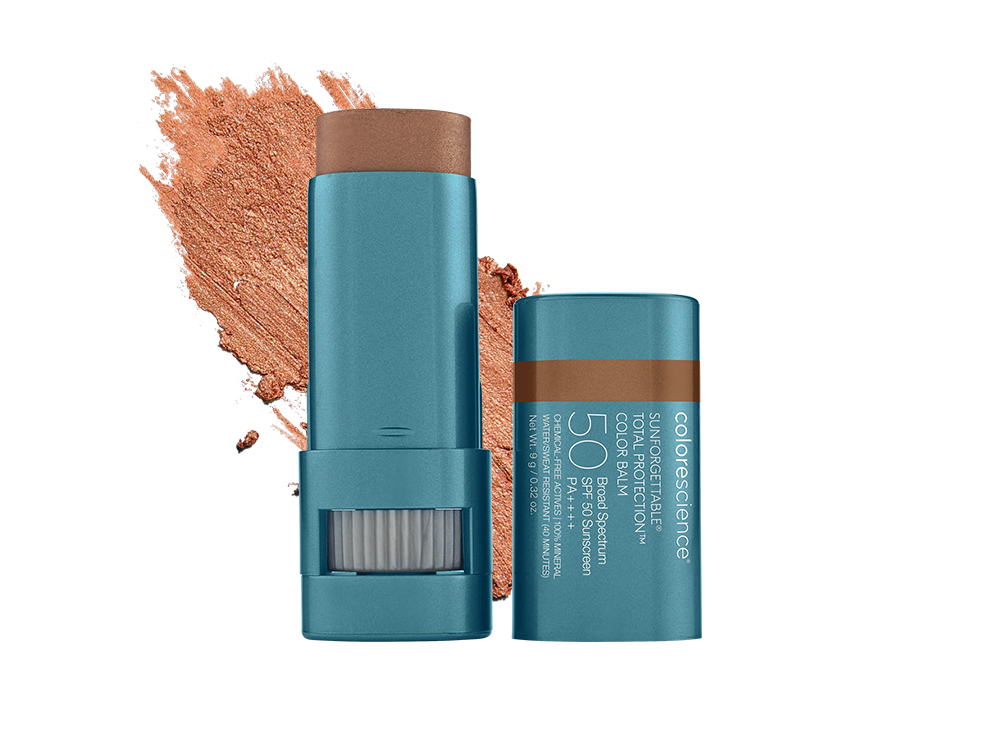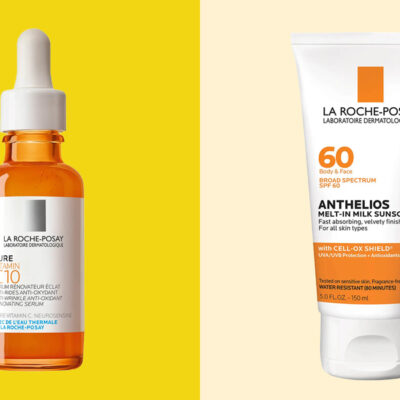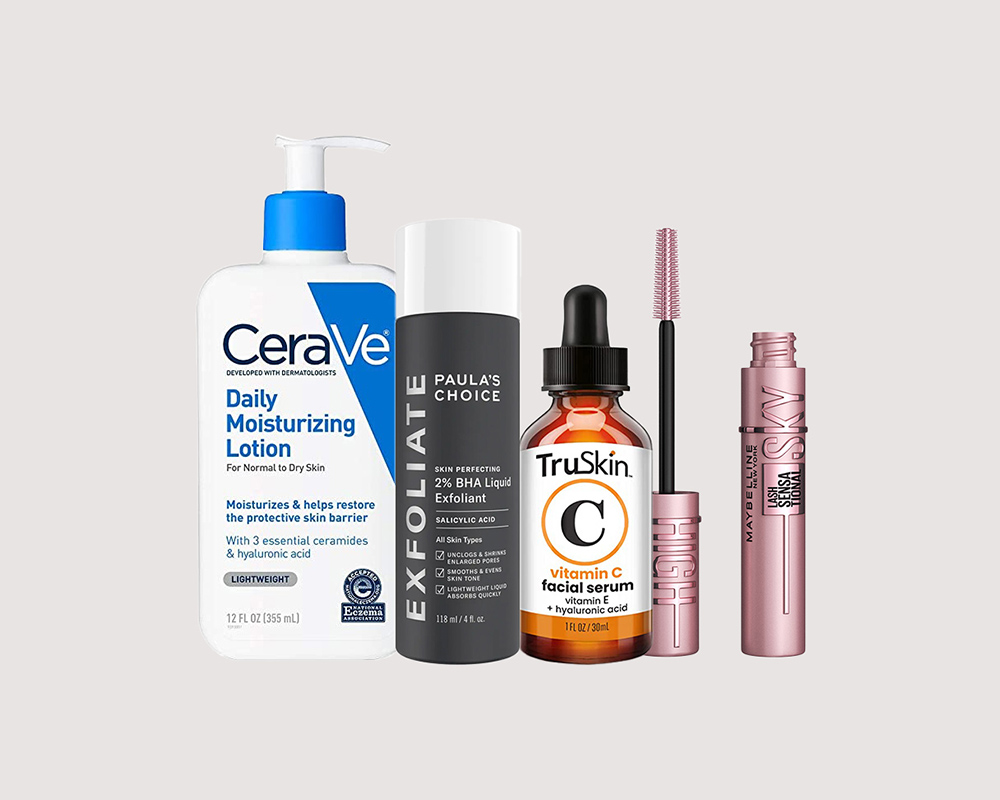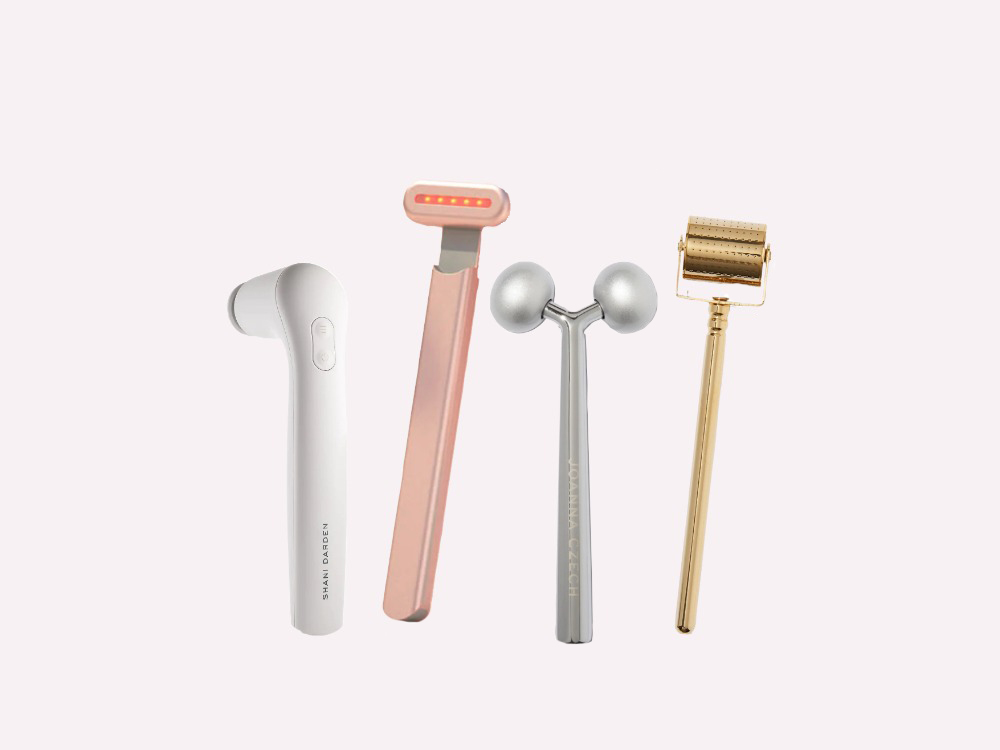There are two kinds of people when something about their skin gets funky—one ignores it, hoping it’ll go away, while the other obsessively Googles salves, solutions and possible causes. Recently, after using what I guess my skin considered to be too many activities, I sprouted red bumps around my mouth and in the folds of my nose in a way I hadn’t experienced before. At first, I chalked it up to really bad dry skin, but when it didn’t go away, I knew it had to be something more. After doing some research and chatting with the experts I have at my disposal as a beauty editor, I discovered it was perioral dermatitis.
I knew I was in good company since Hailey Bieber and Meghan Trainor recently revealed they also struggle with the skin condition. The term might sound scary but it actually has a few easy solutions, but doing nothing is not one of them. Here, I share what I’ve learned so you can skip WebMD.
Featured experts
- Jody Levine, MD is a board-certified dermatologist based in New York
- Valerie Callender, MD is a board-certified dermatologist based in Glenn Dale, MD
- Orit Markowitz, MD is a board-certified dermatologist based in New York
- Amber Boutiette is a biomedical engineer based in Portland, ME
What is perioral dermatitis?
New York dermatologist Jody Levine, MD describes it as a “dry, scaly rash or red pimple-like rash. “Perioral dermatitis is an inflammatory rash that generally presents with itchy small red bumps,” explains Glenn Dale, MD dermatologist Valerie D. Callender, MD. It most commonly involves the areas surrounding the mouth but can also extend to the chin or appear around the corners of the nose and near the eyes, she adds.
What causes perioral dermatitis?
It turns out, like many unfortunate things, perioral dermatitis is more common in women. “While the exact cause is unknown, it’s commonly triggered both by internal and external stimuli, spanning all of the typical eczema culprits—from inflammation and gut issues to topical and ingested irritants/allergens,” says biomedical engineer and co-founder of Marin Skincare Amber Boutiette.
New York dermatologist Orit Markowitz, MD finds that common causes seem to include rosacea and contact dermatitis (skin allergy). Other possible causes include cosmetic products, hormonal changes and steroid use of any kind, including topical, oral and nasal. In my case, using intense brightening actives on my mouth region seemed to be the cause because once I discontinued use in that area and folded in some deeply healing skin care, it dissipated.
How can you tell the difference between dry skin and perioral dermatitis?
“While both conditions have dry skin, perioral dermatitis is distinguished by a red, scaly appearance and sometimes papules that look like pimples, whereas dry skin is usually just flaky but is not generally accompanied by raised or inflamed skin,” says Dr. Levine. Dr. Markowitz notes that a key difference is that dry skin tends to improve with moisturizing, while perioral dermatitis needs more treatment.
“For dry skin, you typically have a moisture imbalance or slightly compromised skin barrier, but with perioral dermatitis, you’re really dealing with an issue that’s rooted in inflammation,” says Boutiette. “In many cases, the cause of inflammation may be difficult to track down or avoid, so having a specific routine for this concern is key.”
Additionally, “dry skin or xerosis usually does not itch, and signs of inflammation (i.e. redness, burning) are absent,” says Dr. Callender. Dr. Markowitz notes that “it can be difficult to distinguish between the two issues without treatment or a professional set of eyes,” so seeing a board-certified dermatologist is recommended.
How do you treat perioral dermatitis?
“Moisturization is important for both conditions, however, perioral dermatitis also requires treatment with anti-inflammatory agents such as oral antibiotics and nonsteroidal anti-inflammatory topical treatments such as pimecrolimus cream and tacrolimus ointment,” says Dr. Levine, which is why it’s crucial to see an expert for proper diagnosis.
“Frequently, it is treated with topical corticosteroids that appear to help, however, it reappears when the treatment is stopped, and then, in some cases, the rash may become worse,” warns Dr. Callender. Proper “treatment consists of oral antibiotics such as Doxycycline and a steroid-free topical anti-inflammatory agent.”
If the perioral dermatitis is related to contact dermatitis, a patch test to figure out what allergens to avoid is necessary, says Dr. Markowitz. In some cases, discontinuing the use of an irritating product can relieve the dermatitis. Dr. Levine notes that since perioral dermatitis is somewhat related to rosacea, it may also respond to medications for that skin condition.
Additionally, Boutiette recommends combining “your favorite barrier-repairing moisturizing cream to help fortify the skin barrier to be less sensitive to inflammation with a barrier-repairing lip treatment.” The cream and lip treatment should be applied on and around the lips to deeply hydrate and “create an emollient barrier that locks that moisture in.” She recommends using “two products in unison with simple ingredient decks to minimize potential irritation,” like Marin Soothing Hydration Cream ($35) and Lip Treatment ($20), “which both help soothe irritation and fortify the barrier, thus breaking the inflammation cycle and truly helping solve the problem.”
